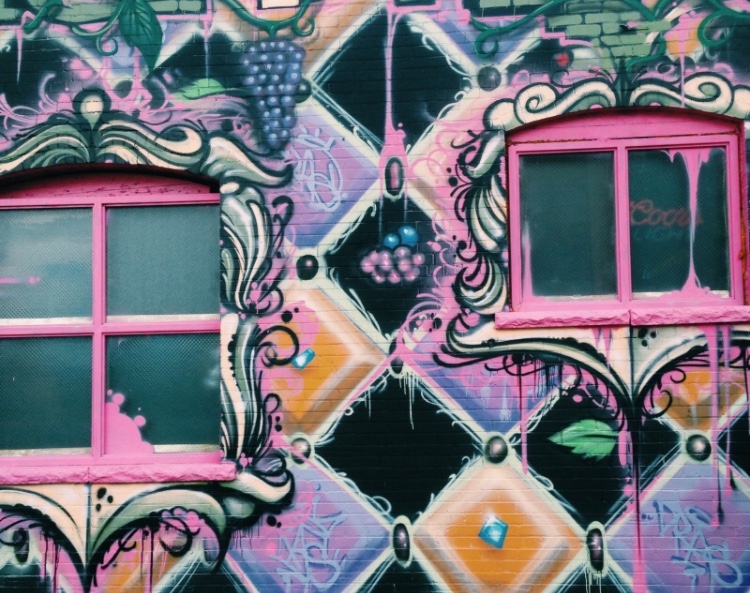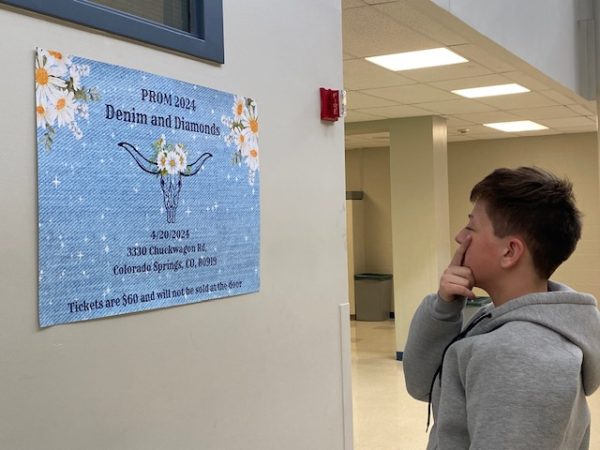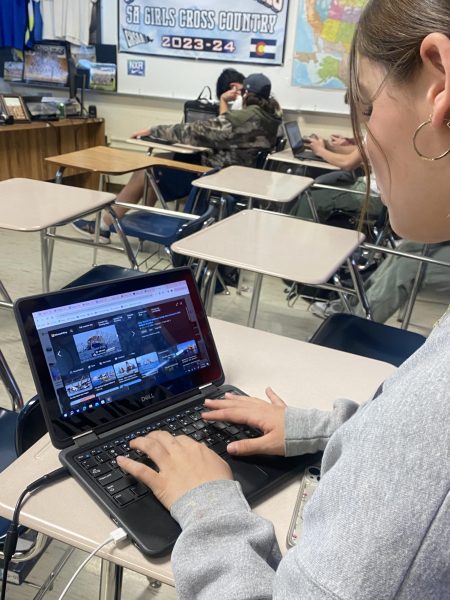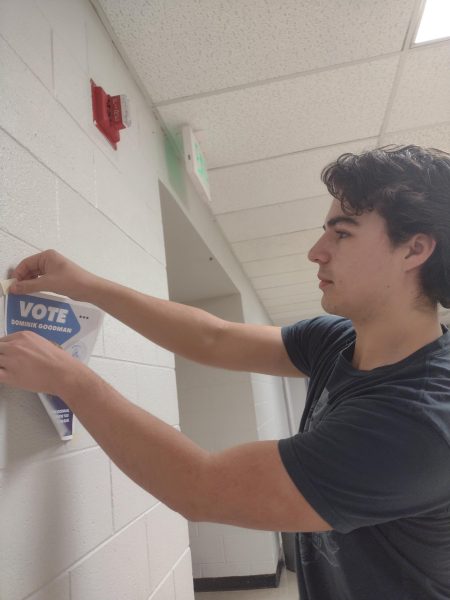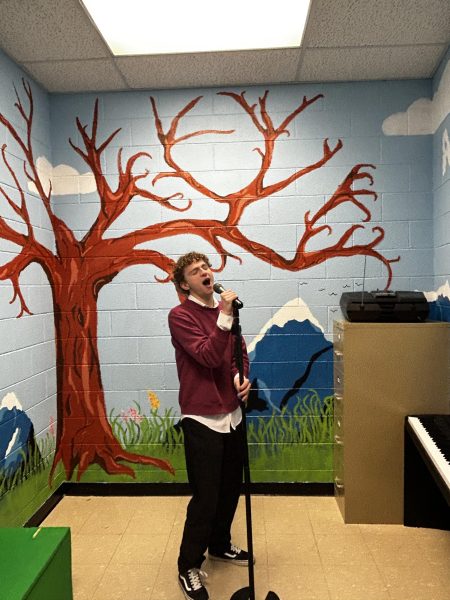Graffiti: Vandalism or Art?
Google Dictionary defines graffiti as writings or drawings scribbled, scratched or sprayed illicitly on a wall or other surface in a public place.
It defines vandalism as an action involving deliberate destruction of or damage to public or private property.
And finally defines art as the expression or application of human creative skill and imagination, typically in a visual form such as painting or sculpture, producing works to be appreciated for their beauty.
Within these definitions, there are parallels between both art, graffiti and vandalism. So, if they are all integrally connected, how can we determine if graffiti is, in fact, art or vandalism?
I believe that graffiti is a statement of art.
As junior Megan Lockhart explains, “I think graffiti is art because there are so many different types of art, not just canvas art.”
Sophomore Jett Neubacher agrees by saying, “Nothing defines art except for a way to express something, and graffiti is a dope way to do that.”
Art is a conceptual idea that many believe should be valued for its content over its location.
]”Content definitely matters because sometimes gangs just use it to mark their territory which just degrades the location instead of adding character like some graffiti does,” said junior Austin Kloss.
But, what does the law state about graffiti?
Graffiti laws state that it is an offense to mark graffiti on property that can be seen by the public unless the owner has given one permission.
Logically speaking, beautiful pieces of art on local run-down allies are legally considered vandalism.
However, there is an aspect of revolution to graffiti.
Throughout history, graffiti has been an integral part of societal commentary, politics and justice. In the 1970s, as a response to modernism and social segregation, graffiti became a means of communication and identity for young people in New York City.
The anonymity offered by graffiti allows the artist protection in presenting their uncensored, and potentially controversial, voice. This has resulted in graffiti becoming a reflection of history and the current culture.
“People should have creative freedom. I think graffiti is great and gives people creative outlets to express themselves to the public,” said sophomore Pearl Yocum.
The most important aspect of graffiti being an act of art is that it gives the streets a voice.
In a survey conducted at AAHS, 9/10 students polled agreed that graffiti should be considered art. They centered upon the belief that art is something that shouldn’t be restricted or defined. Graffiti is a perfect example of a piece of artwork that is rooted from creative exploration and rebellion. It represents the artistic voice of the people and introduces new aspects of creative flare to the streets.
This article is not meant to encourage Kadets to vandalize property, but to shed new light on an untraditional form of art.

Hello! My name is Elina Landin, I am a junior at air academy. Putting the premise of my life into a few sentences is difficult however, writing, music...



